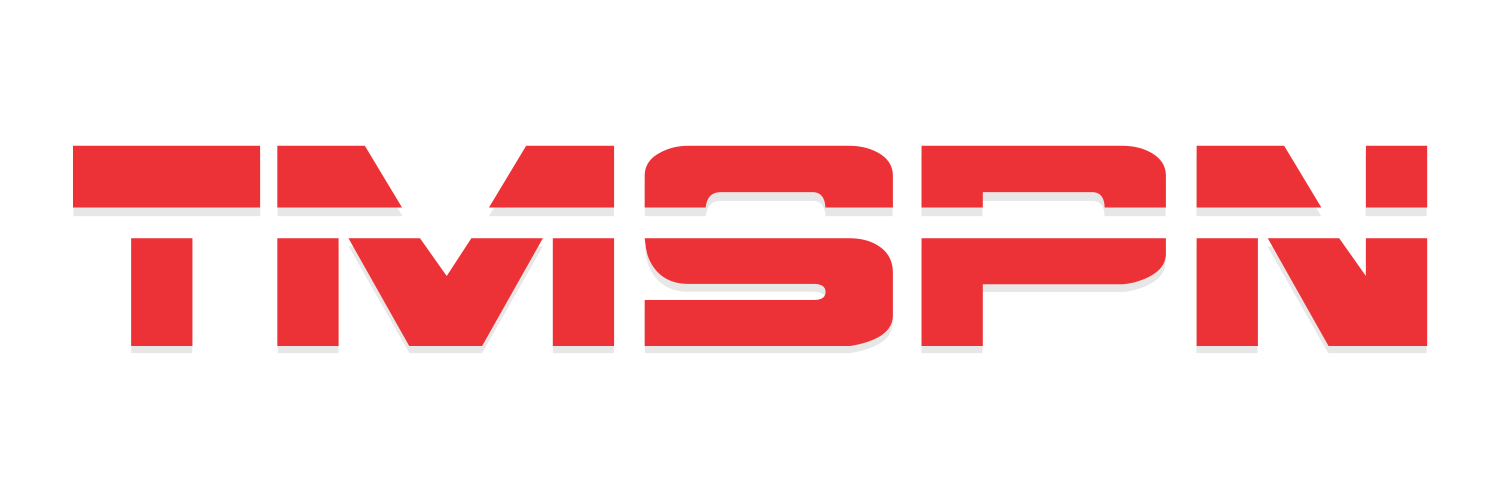From the dedicated fitness novices and amateurs who make a point of hitting the gym early in the morning, to the seasoned joggers, sports people, and outright athletes, injuries come with the territory. Some injuries are minor and fix themselves after a day or two without much in the way of medical treatment. Other injuries are more serious, and could require anything from anti-inflammatory pain medication and physiotherapy from this physiotherapist Toowoomba, to doctor’s visits, surgery, and long term rehabilitation.
Of course, where third party negligence played a part in your sports injury, you could be entitled to personal injury compensation. If you feel that you were not to blame for your sports injury, contact a PI lawyer in Daytona for more information. Right now, let’s look at some of the more common types of sports injury.
Pulled hamstring
When people think of the hamstrings, they often think of the large muscles in the back of the upper leg. This can lead people to believe that a hamstring injury is nothing more than an issue with the muscle, admittedly made all the more serious by the size of the muscle in question, but nevertheless that the injury is in line with slight back strain or a tight calf.
Alas, there are hidden clues in the name. ‘Ham’ comes from the old English word ‘ham/hom’, which meant the hollow in the back of the knee. If you feel the back of your knee, you will notice two ‘strings’ (tendons), one on either side of the knee, leading up into the leg. Where these tendons are pulled in a hamstring injury, the damage may be graded as grade 1 (healing within days), grade 2 (healing within weeks), or grade 3 (healing within months).
Tennis elbow
There are over 30 muscles in the hands, and none of them are in the fingers. That’s right, your muscles contain zero muscles (except the small ones in the skin that make your hairs stand up to give you goose pimples when you’re cold). So, with no muscles in the fingers, how do the fingers move? Good question. Your fingers are controlled from the forearm muscles, which pull on the various tendons connected to your fingers. It’s all very clever.
Where sports people are required to grip things (a racquet, a climbing wall, etc.), the overuse of the forearms can create swelling, which can hinder the functionality and effectiveness of the tendons, thus affecting grip strength and causing localised pain – known as tennis elbow.
Shoulder injuries
Frozen shoulder, tears in the rotator cuff, shoulder impingement, dislocation… the list goes on. Unlike the body’s other more robust ball and socket joint, the hip, the humble shoulder was never designed for much more than carrying babies, carrying relatively lightweight hunting and gathering tools, and carrying the evening meal back to the cave. Then, along comes sports and declares the shoulder a lazy joint that should really be able to achieve a lot more. The problem is, the shoulder tends to continue to disagree, leaving sports people looking at a 3 – 6 month healing period for common issues.






